Choosing Lifejackets and Personal Flotation Devices (PFDs) Type I PFD: Offshore Life Jackets · Type II PFD: Near-Shore Vests · Type III PFD: Flotation Aids · Type IV PFD: Throwable Devices · Type V PFD: Special-Use Devices.

Wearing a life jacket is essential because boating accidents happen quickly and often without warning. Even strong swimmers can struggle with cold water, waves, shock, or injuries after falling overboard. According to long-standing U.S. Coast Guard statistics, about 80% of people who drown in recreational boating accidents were not wearing a life jacket. In addition, around 90% of fatal drowning victims were on small, open boats, where unexpected falls are most common. A properly fitted PFD keeps you afloat, helps conserve energy, and keeps your head above water—even if you’re unconscious. It also makes you far easier for rescuers to spot. On the water, a life jacket isn’t just smart—it’s the single most effective lifesaving tool you can wear.
Match the PFD to the Activity
Different water activities require different styles of PFDs because each sport involves unique movements, risks, and conditions. For example, kayaking and paddleboarding need a lightweight, flexible Type III PFD for easy arm movement. Jet skis and watersports require a snug, impact-resistant Type III for high-speed falls. Offshore boating is safer with a Type I PFD, which offers the most buoyancy and can turn a person face-up in rough water. Specialized sports like windsurfing or whitewater paddling often use Type V PFDs designed for their exact needs. Choosing the right style ensures comfort, better performance, and maximum safety on the water.
What is a Type 1 Life jacket (PFD)?
Offshore Life Jackets
- A TYPE I PFD, or OFFSHORE LIFE JACKET provides the most buoyancy.
- It is effective for all waters, especially open, rough, or remote waters where rescue may be delayed.
- It is designed to turn most unconscious wearers in the water to a face-up position.
- The TYPE I comes in two sizes: Adult size provides at least 22 pounds of buoyancy, the child size, 11 pounds, minimum.
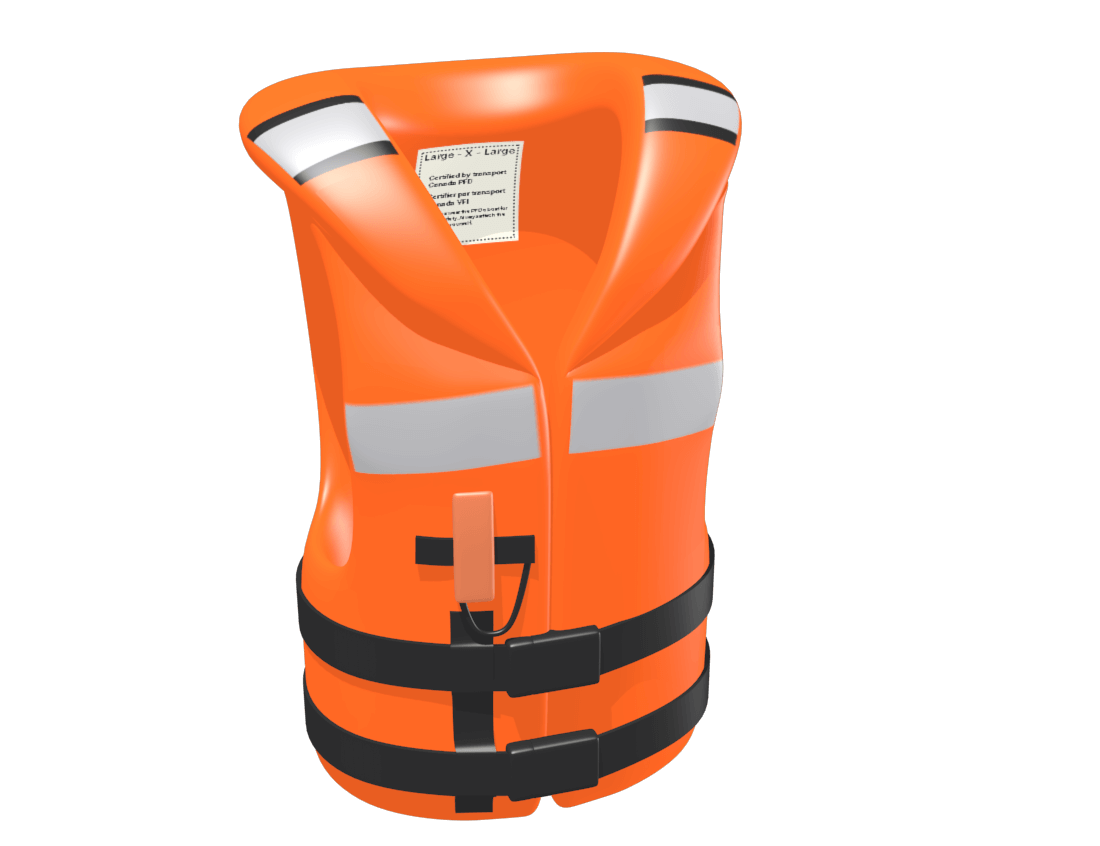
What is a Type 2 Life jacket (PFD)?
Near-Shore Vests
- A TYPE II PFD, NEAR-SHORE BUOYANT VEST is intended for calm, inland water or where there is a good chance of quick rescue.
- This type will turn some unconscious wearers to a face-up position.
- The turning action is not as pronounced nor as effective as a TYPE I.
- An adult size provides at least 15.5 pounds buoyancy, a medium child size provides 11 pounds. Infant and small child sizes each provide at least 7 pounds buoyancy.

What is a Type 3 Life jacket (PFD)?
Flotation Aids
- A TYPE III PFD, or FLOTATION AID, is good for calm, inland water, or where there is a good chance of quick rescue.
- This PFD type will not turn unconscious wearers to a face-up position.
- The wearer may have to tilt their head back to avoid turning face down.
- TYPE III has the same minimum buoyancy as a TYPE II PFD. Float coat, fishing vests, and vests designed for various water sports are examples.
- Some Type III PFDs are designed to be inflated upon entering the water.
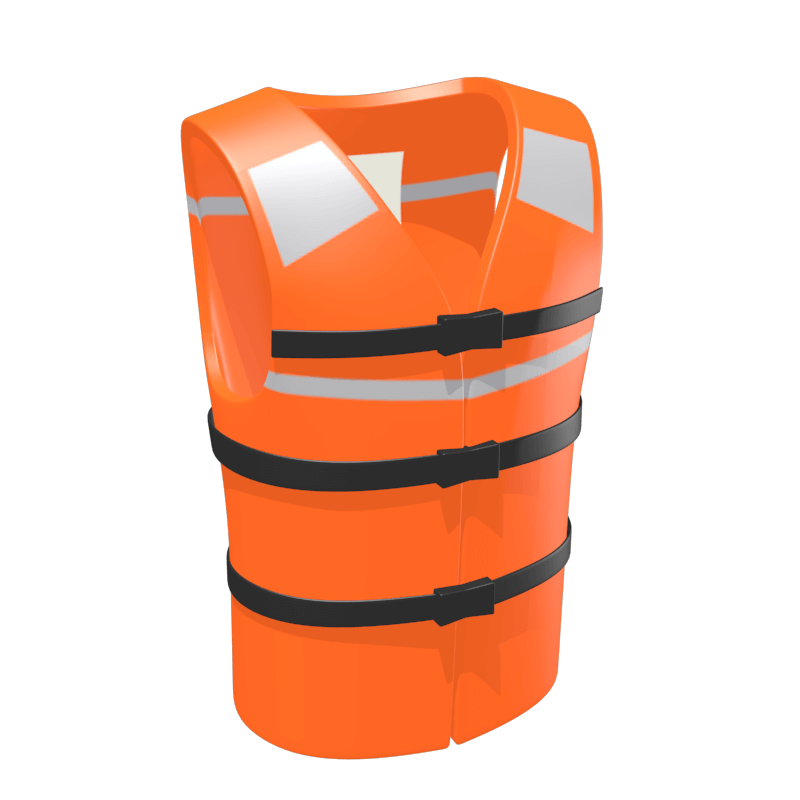
What is a Type 4 Life jacket (PFD)?
Throwable Devices
- A TYPE IV PFD, or THROWABLE DEVICE, is intended for calm, inland water with heavy boat traffic, where help is always present but can be used in open water as well.
- It is designed to be thrown to a person in the water and grasped and held by the user until rescued.
- It is not designed to be worn.
- Type IV devices include buoyant cushions, ring buoys, and horseshoe buoys.
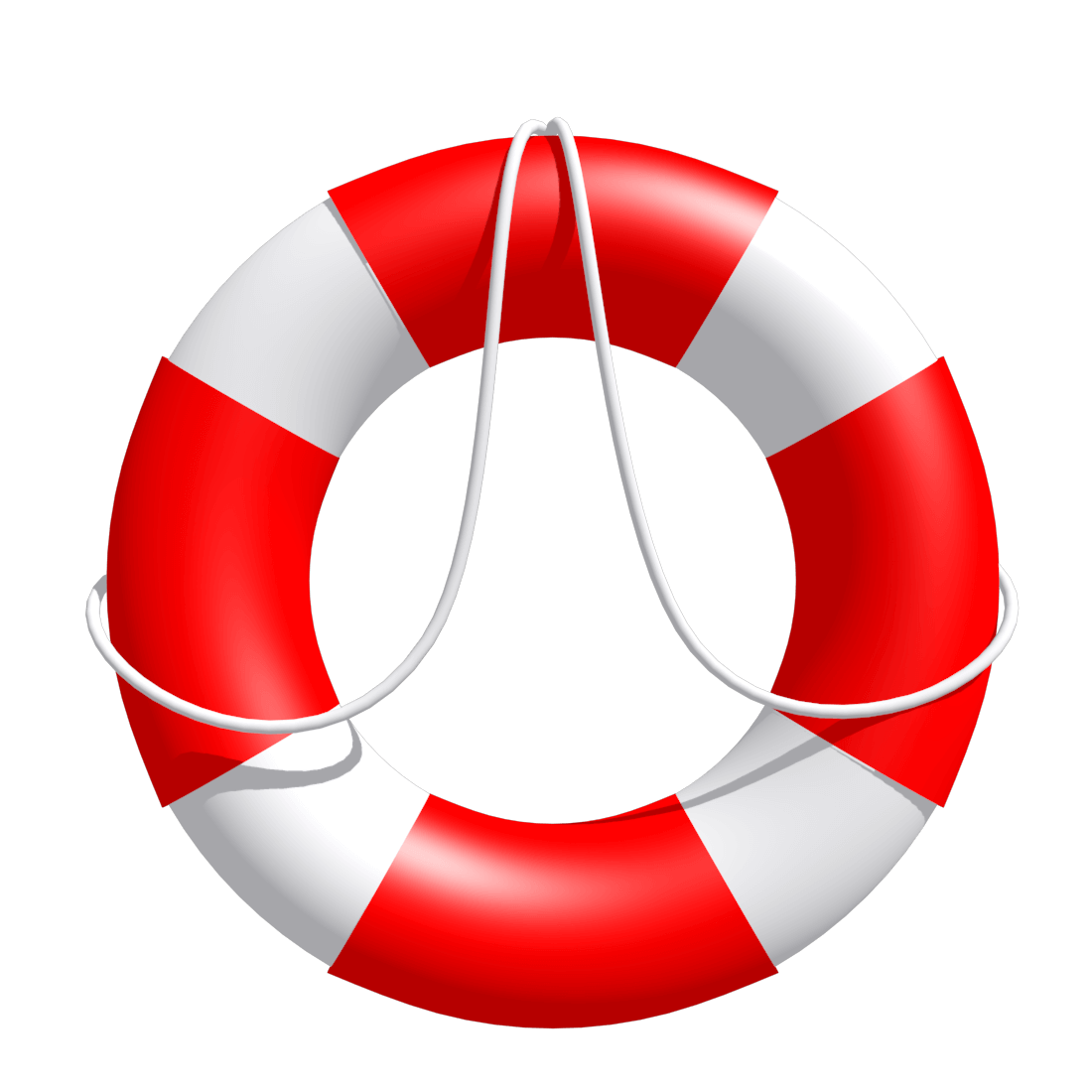
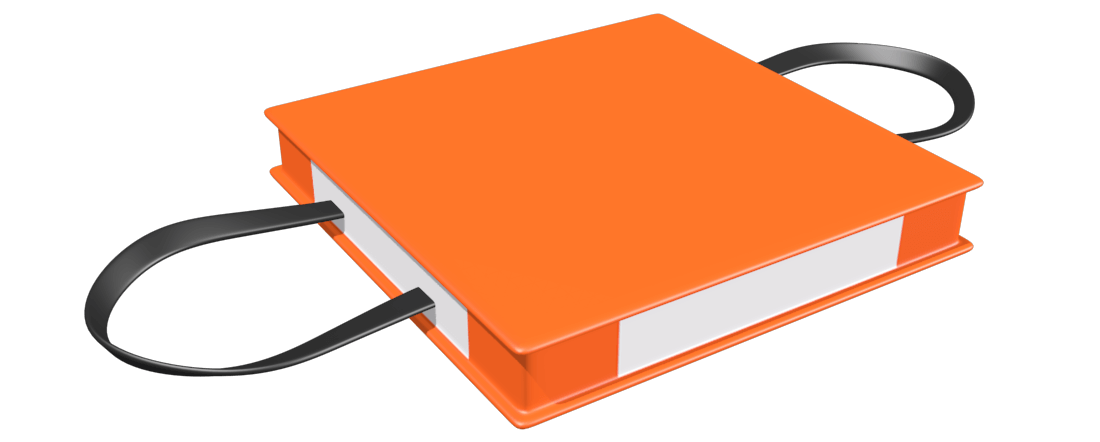
What is a Type 5 Life jacket (PFD)?
Special-Use Devices
- TYPE V, special use devices, are intended for water sports (such as windsurfing, kayaking, or waterskiing) and can be used only for the specified conditions.
- They can be deck suits, work vests, board-sailing vests and others.
- They are the least bulky.
- Some are designed to automatically inflate when entering the water.
- It contains a small amount of inherent buoyancy and an inflatable chamber and must be worn when underway to be acceptable.
- USCG-approved inflatable PFDs must be functional and armed. Check and replace spent cartridges in inflatable PFDs.

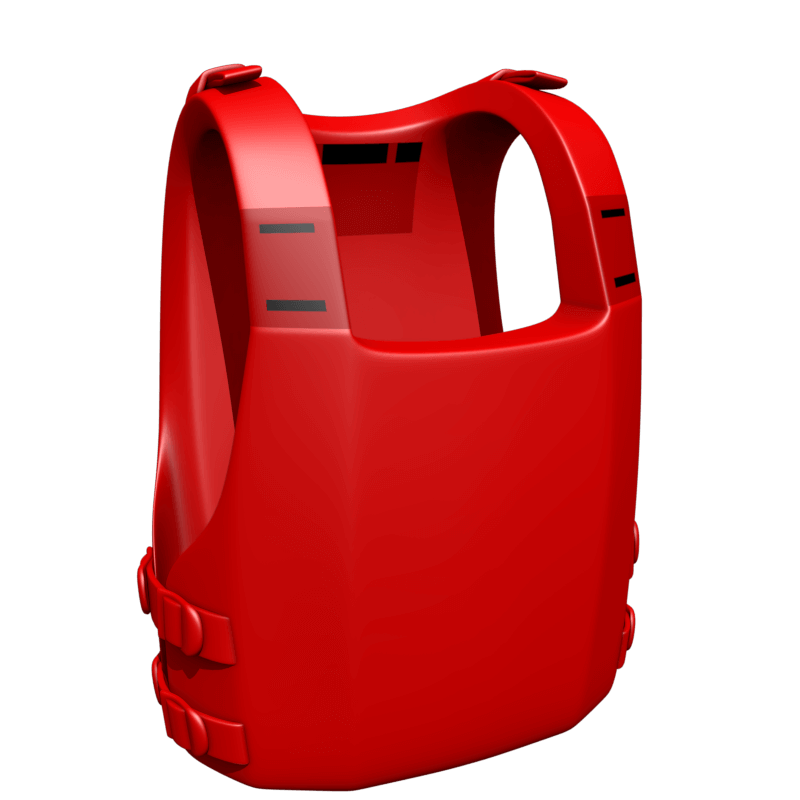
Choose the Right Size
A PFD works ONLY if it fits properly.
How to check the fit:
-
Tighten all straps.
-
Lift the PFD by the shoulders.
-
If it slides up to your chin → Too big!
-
It should stay snug and not lift when pulled.
Look for Coast Guard / Transport Canada Approval
Make sure the label says:
- USCG-approved (if you’re in the USA) or
- Transport Canada-approved (if in Canada)
This ensures the PFD meets safety standards.
Comfort Matters A LOT
You’re more likely to wear a PFD if it’s comfortable.
Look for:
-
Wide arm openings
-
Soft foam
-
Adjustable straps
-
Mesh panels (keeps you cool)
-
Pockets if you carry gear
If you’re kayaking, SUPing or sailing, choose a design with shorter foam panels for better mobility.
Inspect Before Every Season
Check for:
-
Rips or tears
-
Broken buckles
-
Mold or bad smell
-
Compressed or hardened foam
If anything is damaged → replace it.
Inflatable vs. Foam PFDs
Foam PFD:
-
Always floating
-
Best for kids
-
Best for water sports
-
No maintenance
Inflatable PFD:
-
Very comfortable
-
Must be manually or automatically inflated
-
Not for kids
-
Needs yearly maintenance
Wearing a life jacket is one of the most important ways to stay safe on the water. Most boating drownings involve people who weren’t wearing a PFD, proving how essential it is. But safety goes far beyond the life jacket itself. To stay protected, you also need to understand weather warnings, navigation rules, buoys, emergency signals, safe docking techniques, and how to handle your boat in different conditions.
That’s why at AceBoater, we offer a complete boating safety course that teaches you everything you need to know to prevent accidents and navigate with confidence. And once you pass, you’ll receive your lifetime boating license, valid anywhere in North America. Learn smart. Boat safe. Enjoy the water for life.
PFD's serviceability
Make sure all your PFDs are in good condition
Ultraviolet sunlight, rough handling and improper storage make it necessary to ensure that your PFD is in serviceable condition. This is a USCG requirement. Check for rips, tears, and holes and make sure seams, straps, zippers and hardware are okay. Make sure there is no sign of waterlogging, mildew odor, or shrinkage of the buoyant materials. If your PFD is discolored, torn or has torn straps, discard and replace it.
Exposure to sunlight and moisture can deteriorate PFDs rapidly. Let your PFD drip dry thoroughly before putting it away. If your PFD has been in salt water, rinse it thoroughly with fresh water. Stow your PFDs in a well-ventilated place.